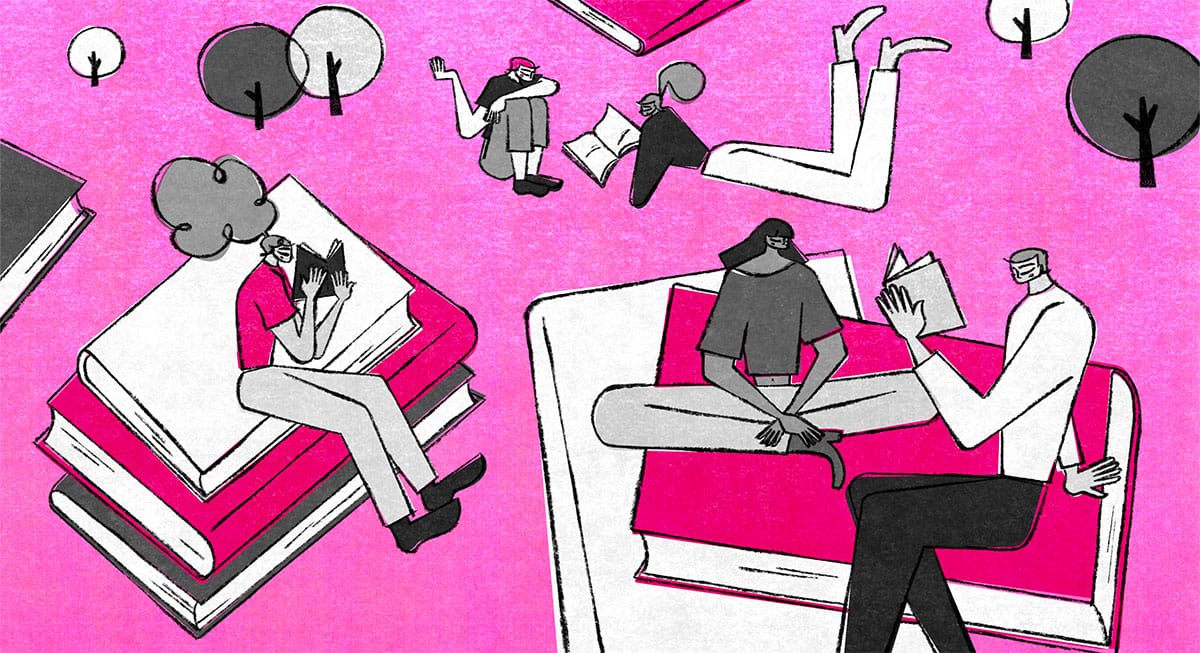How Improv Techniques Can Help Advisors Connect and Innovate
Borrow techniques from seasoned improv stars to create stronger connections and supercharge your team’s creativity.
For more than sixty years, The Second City comedy theater in Chicago has produced some of the best comic minds in the industry. Its pioneering methods inspire the mindsets and behaviors that lead to rapid innovation and incomparable content. Second City Works uses those same methods to create professional development events that drive personal growth and organizational improvement.
As part of Second City Works, Kelly Leonard and Samantha Smith, Ph.D., use humor, empathy, interactivity, and dialogue to inspire people to perform better. A Second Citizen for more than 35 years, Mr. Leonard currently serves as vice president of creative strategy, innovation, and business development. He is the co-author of “Yes, And: How Improvisation Reverses “No, But” Thinking and Improves Creativity and Collaboration.” Dr. Smith is an experienced organizational psychologist with a passion for talent development and coaching.
Each year, our SPDR® MasterClass program draws on the expertise of leading specialists like Mr. Leonard and Dr. Smith to help advisors grow their businesses, keep pace with change, and better satisfy clients’ evolving needs.
How can financial advisors better play the scene they’re in? As the industry advances, the skills that catalyzed success in the past may lose their punch. The principles of improvisation can help advisors incorporate fresh frameworks to thrive in today’s challenging environment.
During a recent MasterClass, improvisation guru Kelly Leonard and organizational psychologist Samantha Smith, Ph.D., guided attendees through an interactive workshop showcasing several improv techniques.
“Yes, And”: How to Make Something Out of Nothing
When responding to someone’s idea, there is a world of difference between “Yes, but” and “Yes, and.” With “Yes, and” we seize the opportunity to be curious and build connections. This magical phrase strengthens relationships and elevates creativity — that’s why “Yes, and” is a fundamental tenet of improv.
In an advisory setting, the concept of “Yes, and” builds awareness of every idea’s value. When people bring ideas to the table and hear an immediate “no,” they’re unlikely to keep offering their thoughts. While leaders often have to say “no” — especially in a highly regulated industry — listening and pausing to let the ideas land, giving them real consideration, and providing thoughtful responses can foster more innovation. With “Yes, and” teams can quickly build bridges between ideas, improve hit rates, and accelerate innovation.
The “Yes, and” mindset encourages us to take risks and generate more ideas. And we need an abundance of ideas: It takes about 2,000 ideas to get one great idea.1 Try dedicating the first 10 minutes of certain meetings to idea generation. Squash the “no” responses and focus instead on accepting what is being offered and adding to it.
The “Yes, and” mentality also keeps us from conflating innovation and execution. Often, we begin ideating but soon jump to editing and “cutting the legs off” of our ideas. Hearing phrases like “No, because” or “Yes, but” can indicate when the focus is tipping toward execution. Two questions to clarify the difference:
- Idea generation – What could you consider doing?
- Execution – How could you realistically make it happen?
The Power of “Thank You, Because”
When you disagree with someone but want (or need) to stay in the dialogue, try using “Thank you, because.” Starting with “thank you” quiets the fight-or-flight part of the listener’s brain and helps the person feel seen. Forthcoming research suggests that people using this tactic stayed in conversations longer and were able to find points of agreement.
The “Thank you, because” technique is all about acknowledging different perspectives and being gracious and grateful for another person. It’s empathy in action: You’re listening to another person’s point of view and responding appropriately. Don’t be afraid to pause and think about your reply. Veteran improvisers and successful leaders are comfortable with silence.
Try a Bit of Self-Disclosure
The concepts described above help us focus on others to foster creativity and communication — but self-disclosure also plays a role in connection. You don’t need to share your deepest secrets; instead, try offering a detail that can help others see you as you see yourself.
Practice to Improve Your Skills
When it comes to improv, practice makes perfect. “Practice is absolutely crucial to our work,” noted Mr. Leonard. “Practice is how you get good at anything. Think about major league baseball players. They play catch on the field before every game. But how many of us are practicing before we go into a client meeting? Millions of dollars are on the line, and we don’t practice. Try out your stories and practice your listening skills.”
The art of improv has the power to transform advisors and their practices. By embracing the principles of improv, we learn to listen deeply to enrich interactions with colleagues and clients, to open ourselves to the creative process, and to set the scene for innovative breakthroughs.
Looking for more articles like this? Explore more of our Practice Management content.
MasterClass Insights: Level Up Your Learning

MasterClass Insights: Level Up Your Learning
Draw on the expertise of leading experts to help grow your business, keep pace with change, and better satisfy your clients’ evolving needs.